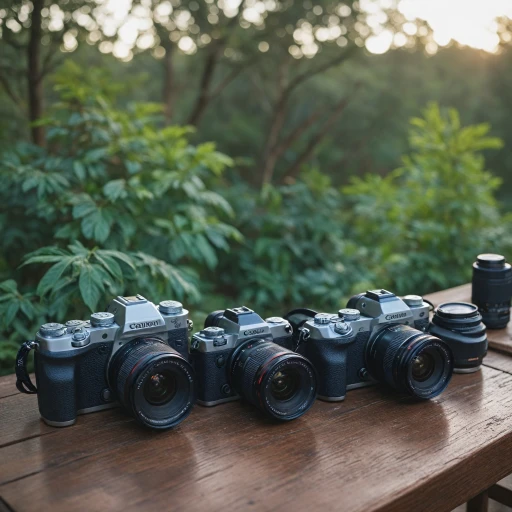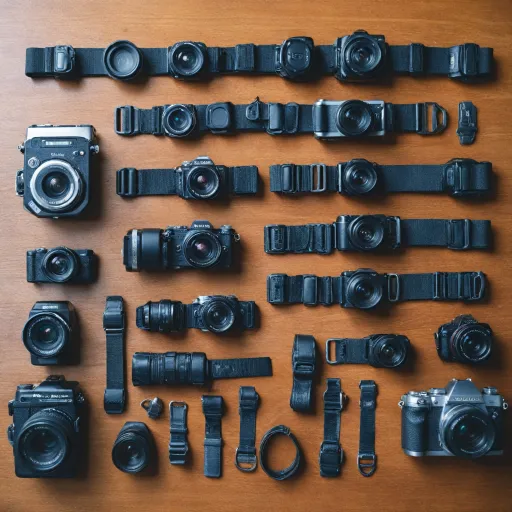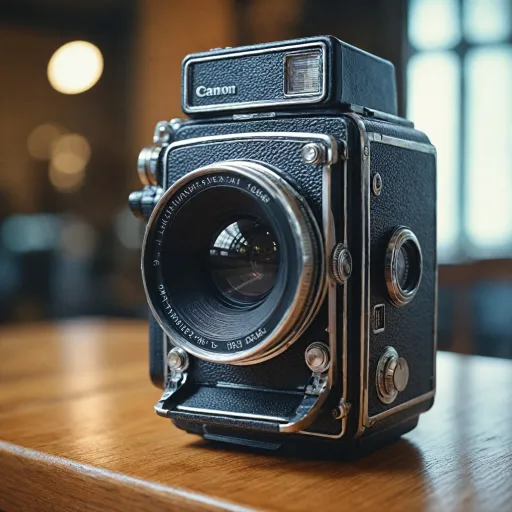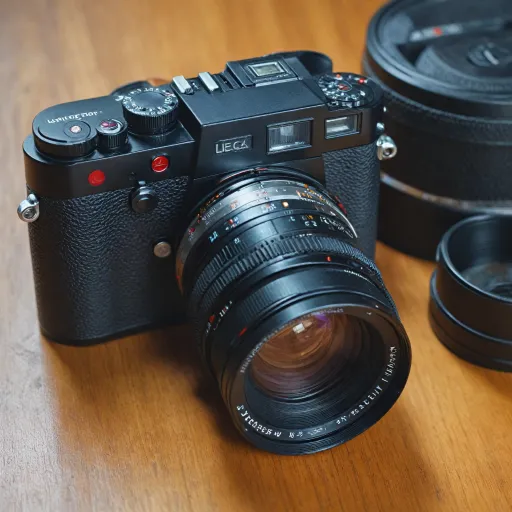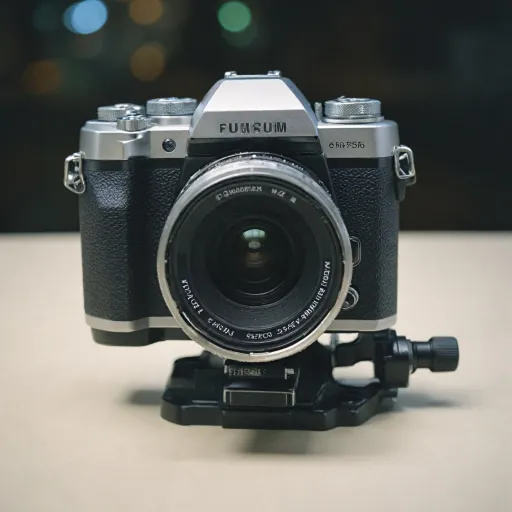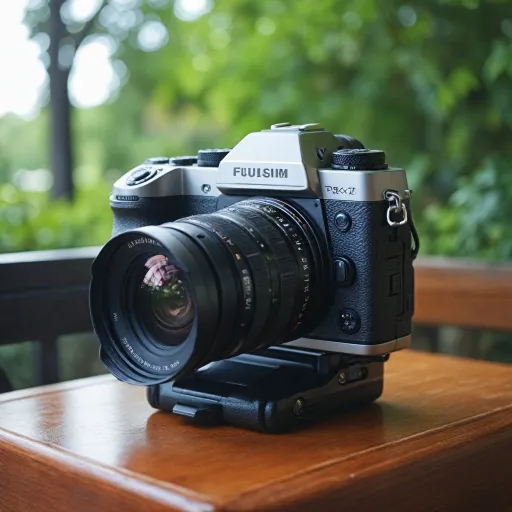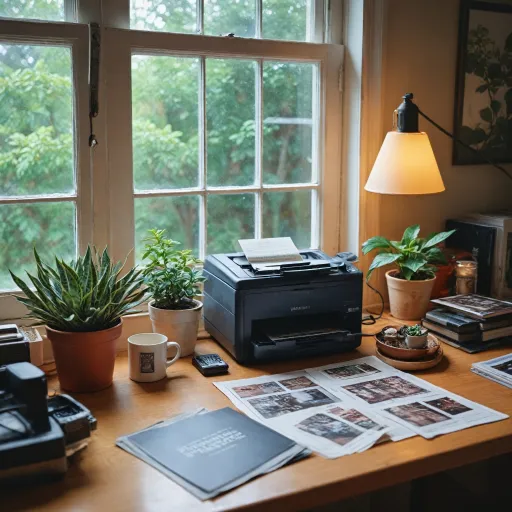
Understanding the Importance of Lenses in Real Estate Photography
The Role of Lenses in Capturing Real Estate Photos
Understanding the importance of selecting the right lens for real estate photography is essential for both beginners and experienced estate photographers alike. A well-chosen lens can transform your photos, enhancing the best features of a property and capturing its essence. In real estate, precision is paramount, and the right lens helps you achieve the image quality that truly showcases a home's potential. Selecting the appropriate lens involves a balance of several factors that suit your shooting style and conditions:- Wide Angle Lenses: A staple for real estate photography, wide angle lenses allow photographers to showcase more of a room within a single frame. They provide a sense of spatial depth essential for making spaces appear larger and more welcoming.
- Low Light Performance: Often, real estate environments present low light challenges. Opting for lenses with a wide aperture, such as those that can be shot wide open, maximizes light entry, enabling clear and vibrant images even in dim settings.
- Full Frame and Mirrorless Cameras: Compatibility with your camera, such as Canon or Nikon, and system type, say full frame or mirrorless camera, can influence your lens choice. Certain lenses work optimally with digital cameras like the Canon EOS series or mirrorless versions from other brands, each offering unique advantages.
Key Features to Look for in a Real Estate Photography Lens
Essential Features for Your Real Estate Lens
When it comes to real estate photography, selecting the right lens can make a significant difference in capturing stunning images that attract clients. Here are some key features to consider:- Wide Angle Capability: Essential for real estate photographers, a wide angle lens helps showcase entire rooms and create an expansive view of properties. Look for lenses with a focal length of 24mm or wider for full frame cameras to achieve impressive results.
- Low Light Performance: Real estate photography often involves shooting in less than ideally lit environments. Consider lenses with a wide maximum aperture, such as f/2.8 or lower, to enhance image quality in low light conditions.
- High Image Quality: It's crucial to ensure the lens produces sharp and detailed images. Opt for lenses that offer minimal distortion and superior chromatic aberration control to maintain the professionalism of your photos.
- Compatibility with Your Camera: Whether you shoot with Canon, Nikon, or a mirrorless camera setup, make sure the lens is fully compatible with your camera model to avoid any operational issues.
- Video Capabilities: If you're planning to shoot videos alongside photos, ensure that the lens offers smooth focusing and stable video performance. Modern lenses often come equipped with enhanced autofocus for video shoots.
Top Lens Recommendations for Real Estate Photography
Top Picks for Real Estate Photography Lenses
When it comes to capturing stunning real estate photos, choosing the right lens is crucial. Here are some top recommendations that can elevate your real estate photography game:
- Canon EF 16-35mm f/4L IS USM: Known for its excellent image quality and wide-angle capabilities, this lens is a favorite among professional real estate photographers. Its image stabilization feature helps in low light conditions, making it ideal for indoor shoots.
- Nikon AF-S NIKKOR 14-24mm f/2.8G ED: This lens offers a wide field of view, perfect for capturing expansive interiors and exteriors. Its fast aperture allows for great performance in low light, ensuring sharp and vibrant images.
- Sony FE 12-24mm f/4 G: For those using Sony mirrorless cameras, this lens provides a wide-angle perspective with minimal distortion. It's lightweight and versatile, making it a great choice for both photo and video shoots.
- Fujifilm XF 10-24mm f/4 R OIS WR: A fantastic option for Fujifilm users, this lens offers a wide zoom range with optical image stabilization. It's weather-resistant, making it suitable for various shooting conditions.
Each of these lenses offers unique features that cater to different needs and preferences in real estate photography. Whether you're shooting with a Canon, Nikon, or mirrorless camera, these options provide the flexibility and quality needed to capture stunning real estate images.
For more insights on how to maximize your lens performance, consider exploring the role of lampholders in fluorescent lighting to enhance your indoor photography setup.
Comparing Prime vs. Zoom Lenses for Real Estate
Prime vs. Zoom: Decoding the Lens Dilemma
Navigating the choice between prime and zoom lenses is a common challenge for real estate photographers. Both options have unique strengths, impacting the way you capture real estate imagery. Here's a breakdown to help you make an informed decision:- Prime Lenses: Known for their fixed focal length, prime lenses like the Canon USM are revered for delivering superior image quality and depth of field. A favorite among professionals, primes excel in low light conditions due to their wider apertures, allowing estate photographers to capture detailed shots even with limited lighting. If you're keen on producing exceptional photo clarity, especially in interior shots, prime lenses are a strong contender.
- Zoom Lenses: If versatility is your priority, zoom lenses might be the best lens option. By providing variable focal lengths, tools like those from Nikon offer the flexibility to shoot various angles without needing to change lenses frequently. This can save time during a shoot, allowing you to switch seamlessly between wide-angle and close-up shots. For photographers who need to adapt quickly to different scenes, a zoom lens might be more suited to their style.
Budget-Friendly Lens Options for Beginners
Affordable Lens Choices for Newcomers
Entering the world of real estate photography can be daunting, especially when considering the investment in equipment. However, there are budget-friendly options that offer excellent performance without breaking the bank. Here’s a guide to help you find the best lens for your needs, whether you're using a Canon, Nikon, or a mirrorless camera.
- Canon EF-S 10-18mm f/4.5-5.6 IS STM: This wide-angle lens is perfect for capturing expansive interiors and exteriors. Its image stabilization feature helps in low-light conditions, ensuring sharp photos even when shooting handheld.
- Nikon AF-P DX NIKKOR 10-20mm f/4.5-5.6G VR: Known for its lightweight design, this lens offers excellent image quality and is ideal for estate photographers who need to shoot wide-angle photos on a budget.
- Sony E 10-18mm f/4 OSS: For those using Sony mirrorless cameras, this lens provides a wide field of view and optical image stabilization, making it a great choice for both photos and video.
- Sigma 10-20mm f/3.5 EX DC HSM: Compatible with various camera brands, this lens is praised for its build quality and sharpness, offering a professional touch at a reasonable price.
When selecting a lens, consider the type of real estate photography you plan to focus on. Wide-angle lenses are typically the best choice for capturing the full essence of a space, but ensure the lens you choose is compatible with your camera model. As you become more experienced, you might explore prime lenses for their superior depth of field and image quality, as discussed in other sections of this guide.
Tips for Maximizing Lens Performance in Real Estate Photography
Enhancing Image Quality and Performance
When tackling real estate photography, enhancing the performance of your lens can lead to remarkable improvements in your photos and videos. Start by understanding the capability of your equipment. Knowing how your camera and lens—such as the Canon EOS or a Nikon mirrorless camera—perform in various settings is crucial.- Adjust for Low Light: Ensuring your lens and camera settings are optimized for low light conditions can prevent grainy images. Use lenses that offer a wide aperture, allowing more light into the sensor.
- Depth of Field Management: Utilize lenses that can provide a shallow depth of field to create stunning effects in your images. Wide angle lenses are particularly good at capturing expansive interior shots, which is a staple in estate photography.
- Image Stabilization: Many modern digital cameras and lenses come with built-in stabilization. This feature is essential for shooting steady and clear images, especially in tricky lighting.
- Periodical Maintenance and Updates: Regularly clean your lenses and check for any firmware updates for your cameras. This practice ensures that your equipment remains in peak condition for professional-grade photos.
- Shooting Techniques: Practice techniques such as shooting wide open for greater exposure or using a tripod to maintain stability during a long exposure shoot. Estate photographers often benefit from the best lens setups, pairing them with full frame cameras for optimal image quality.


